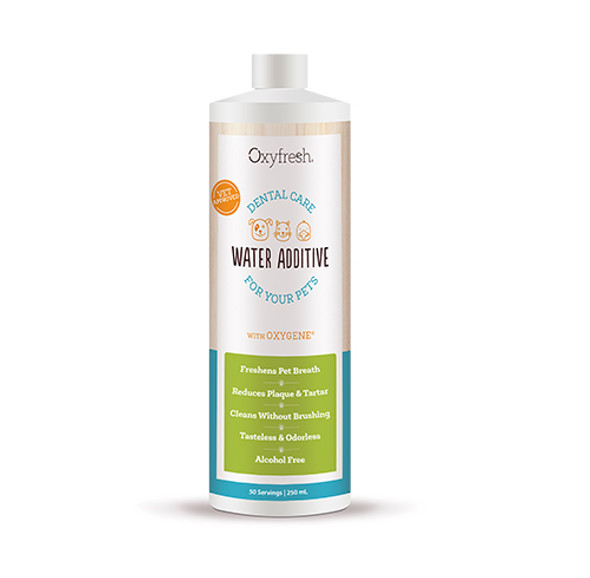Description
- Cleans the ear canal of wax and exudates in dogs
- A non-sting neutral buffered ear solution
- Safe to use when your dog has a ruptured ear drum (can occur with chronic ear infections)
- Designed to help treat infections of the outer and middle ear - improves the penetration of prescribed ear medications.
- Helps to reduce microbial (bacterial and yeast) numbers
- Increases the susceptibility of bacteria to commonly used antibiotics.
- Can be used for ear maintenance once per week
- Helps to keep bacterial and yeast populations under control in the ear
- Flushes out ear debris.
Note
- Registered for use in dogs only
Directions for use
For routine ear cleaning
- Remove the cap of the flush nozzle.
- Insert the nozzle just into the ear canal opening and squeeze to fill the ear canal (approx 0.5mL for small breeds or 1.5mL for larger breeds)
- Gently massage the ear then allow the dog to shake its head to remove debris and excess liquid from the ear.
- Repeat this process until the liquid coming out of the ear is clean.
- Wipe off any debris and excess liquid from the ear and ear opening.
- Remove any adherent ear exudate from the flush nozzle before replacing the cap.
- Repeat this procedure once weekly only.
For use in conjunction with an antibiotic ear treatment
- Remove the cap of the flush nozzle.
- Insert the nozzle just into the ear canal opening and squeeze to fill the ear canal (approx 0.5mL for small breeds or 1.5mL for larger breeds)
- Gently massage the ear then allow the dog to shake its head to remove debris and excess liquid from the ear.
- Repeat this process until the liquid coming out of the ear is clean.
- Wipe off any debris and excess liquid from the ear and ear opening.
- Remove any adherent ear exudate from the flush nozzle before replacing the cap.
- Repeat the procedure twice daily for a maximum of one week or as directed by a veterinary surgeon.
- Ears should be flushed and excess flush removed prior to antibiotic use.
- Extended daily usage can result in tissue overhydration and may retard healing of the tympanic membrane.
- Prolonged treatment should be monitored by a veterinarian.
Actives
- Disodium edetate (also known as Tris EDTA)
- Poly(hexamethylene) biguanidine hydrochloride (also known as PHMB)










